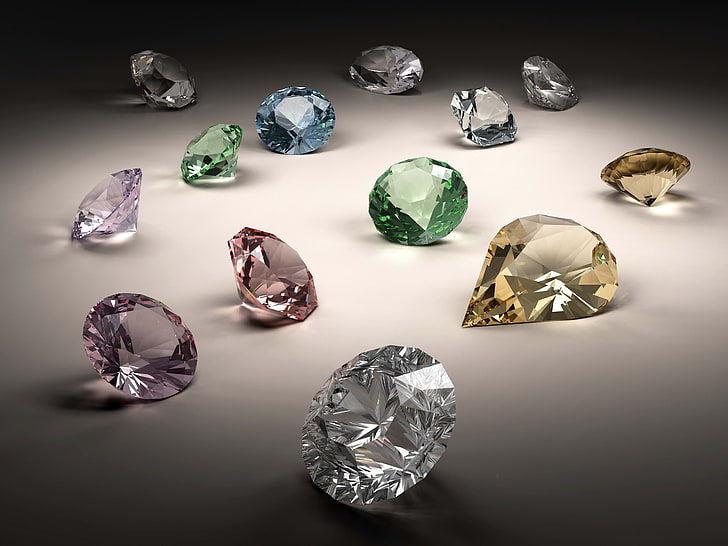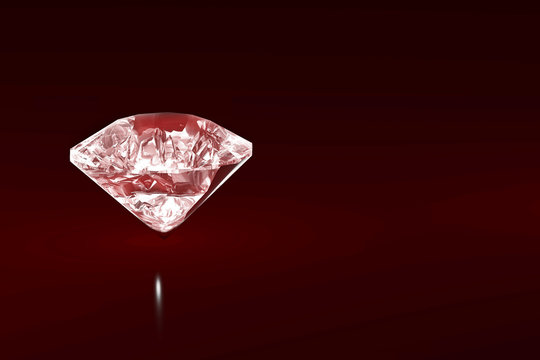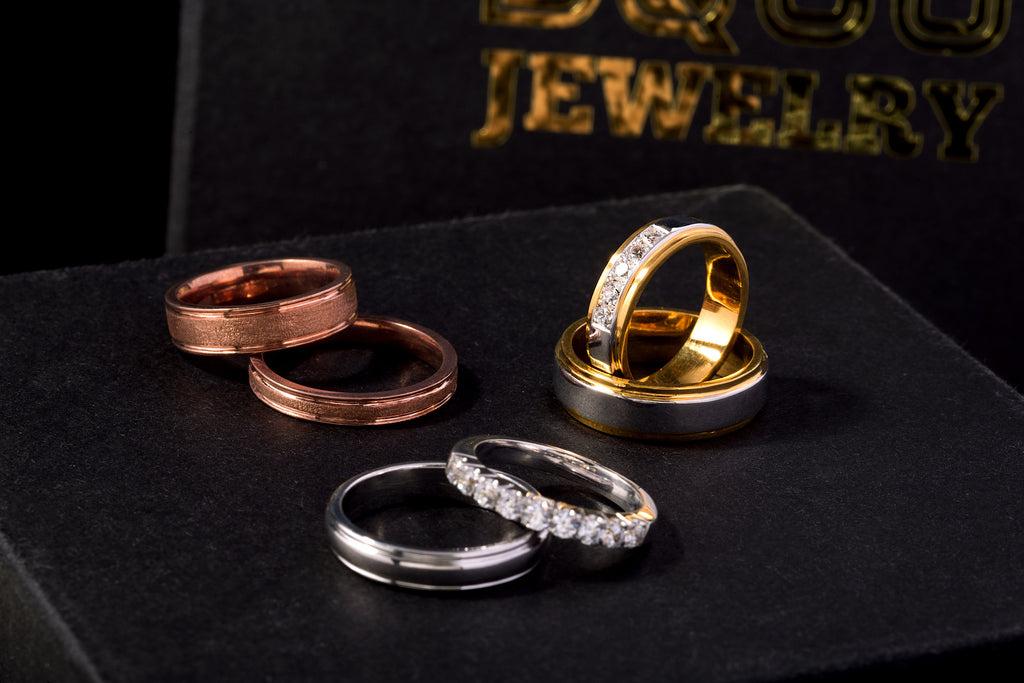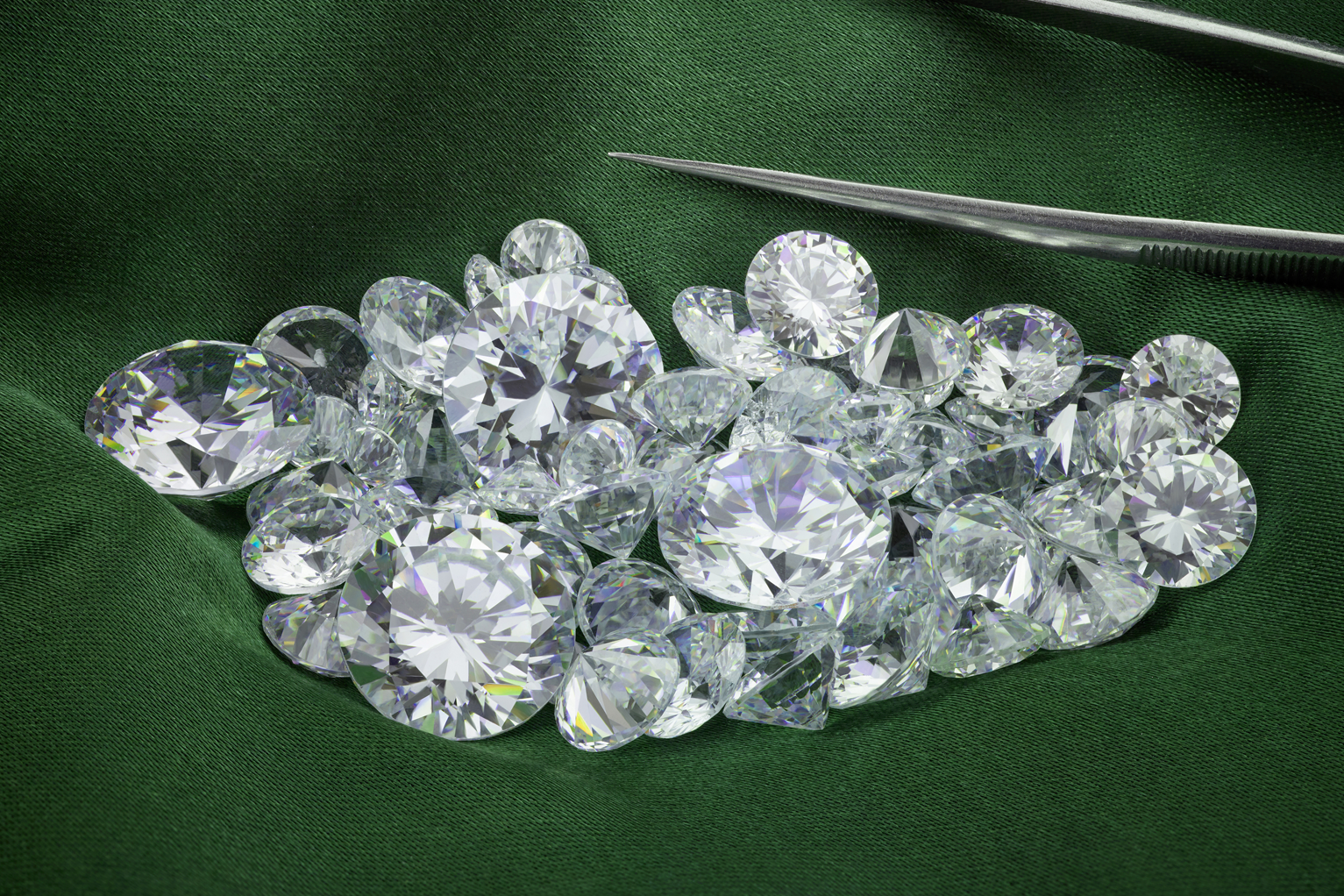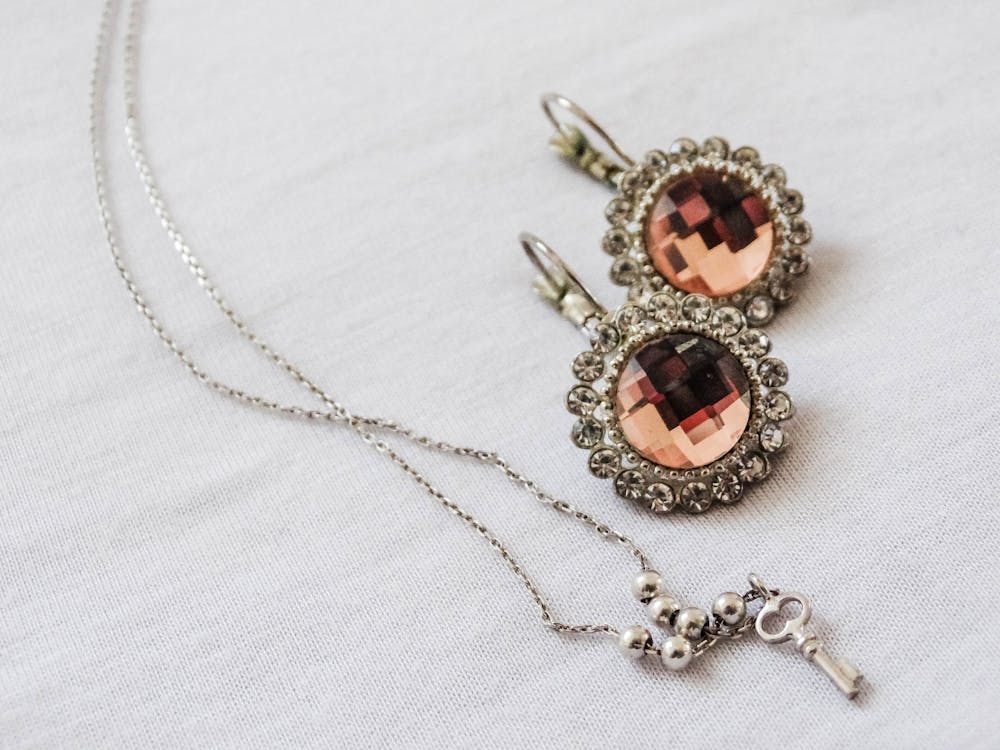
In recent years, lab grown engagement rings have gained significant popularity among couples looking for ethical, sustainable, and affordable alternatives to traditional diamonds. These lab-created gems are virtually identical to mined diamonds in terms of physical, chemical, and optical properties, making them an attractive option for modern consumers. In this comprehensive guide, we will explore the many benefits of lab grown engagement rings, the science behind their creation, and why they might be the perfect choice for your special moment.
Table of Contents
What Are Lab Grown Diamonds?
Lab grown diamonds, also known as synthetic diamonds or cultured diamonds, are diamonds that are produced in a controlled laboratory environment. These diamonds are created using advanced technological processes that mimic the natural conditions under which diamonds form in the Earth’s mantle. There are two primary methods used to create lab grown diamonds: High Pressure High Temperature (HPHT) and Chemical Vapor Deposition (CVD).
High Pressure
High Temperature (HPHT)
The HPHT method involves subjecting a small diamond seed to extremely high pressures and temperatures, replicating the natural conditions found deep within the Earth. A combination of graphite and metal catalysts is used to facilitate the growth of the diamond around the seed. This process can produce large, high-quality diamonds that are virtually indistinguishable from natural diamonds.
Chemical Vapor Deposition (CVD)
The CVD process involves placing a diamond seed in a chamber filled with carbon-rich gas. The gas is then ionized into plasma lab diamonds, causing carbon atoms to deposit onto the seed and form a diamond crystal layer by layer. This method allows for precise control over the diamond’s properties, including its size, shape, and clarity. CVD diamonds are known for their high purity and can be produced at a lower cost compared to HPHT diamonds.
Advantages of Lab Grown Engagement Rings
Ethical and Sustainable
One of the most compelling reasons to choose a lab grown engagement ring is the ethical and environmental benefits. Traditional diamond mining can have devastating impacts on the environment, including deforestation, soil erosion, and water pollution. Additionally, the diamond industry has been plagued by issues such as conflict diamonds, which are mined in war zones and sold to finance armed conflict.
Lab grown diamonds, on the other hand, are produced in controlled laboratory settings, ensuring that they are free from the ethical and environmental concerns associated with mining. By choosing a lab grown engagement ring, you are supporting sustainable practices and reducing the demand for conflict diamonds.
Affordable Luxury
Lab grown diamonds offer the same beauty and brilliance as natural diamonds but at a significantly lower cost. Because they can be produced more efficiently and with fewer resources, lab grown diamonds are typically 30-40% less expensive than their mined counterparts. This cost savings allows couples to invest in higher quality diamonds or more elaborate ring designs without breaking the bank.
Exceptional Quality
Technological advancements in diamond synthesis have made it possible to create lab grown diamonds that are of exceptional quality. These diamonds are graded using the same criteria as natural diamonds, known as the Four Cs: Carat, Cut, Color, and Clarity. In many cases, lab grown diamonds are even purer than natural diamonds, as they lack the inclusions and imperfections often found in mined stones.
Customization and Innovation
Lab grown diamonds offer greater flexibility in terms of customization and innovation. Because they are created in a controlled environment, it is possible to produce diamonds in a variety of shapes, sizes, and colors that may be rare or impossible to find in nature. This allows for more personalized and unique engagement rings that reflect the individual style and preferences of the wearer.
Understanding the Four Cs of Lab Grown Diamonds
When choosing a lab grown engagement ring, it is important to understand the Four Cs, which are used to evaluate the quality of all diamonds, whether lab grown or natural.
Carat
Carat refers to the weight of the diamond. Lab grown diamonds are available in a wide range of carat sizes, allowing you to select a stone that fits your budget and preferences. Larger diamonds are generally more expensive, but lab grown options offer a more affordable way to achieve a substantial carat size.
Cut
The cut of a diamond determines its brilliance and sparkle. A well-cut lab grown diamond will reflect light beautifully, creating the dazzling effect that diamonds are known for. Popular cuts include round, princess, emerald, and cushion, each offering a distinct look and level of brilliance.
Color
Diamond color is graded on a scale from D (colorless) to Z (light yellow or brown). Lab grown diamonds are available in a wide range of colors, from completely colorless to vibrant hues such as blue, pink, and yellow. Colorless diamonds are the most sought after, but colored diamonds can offer a unique and eye-catching alternative.
Clarity
Clarity refers to the presence of internal or external imperfections, known as inclusions and blemishes. Lab grown diamonds are typically of high clarity, as they can be produced with fewer inclusions than natural diamonds. Clarity is graded on a scale from Flawless (no inclusions or blemishes visible under 10x magnification) to Included (inclusions visible to the naked eye).
How to Choose the Perfect Lab Grown Engagement Ring
Set Your Budget
Determine your budget before beginning your search for the perfect lab grown engagement ring. The affordability of lab grown diamonds means you can often find a higher quality stone within your price range.
Select the Diamond Shape
Choose a diamond shape that suits the wearer’s style and personality. Popular shapes include round, princess, oval, and pear, each offering a different aesthetic and level of brilliance.
Consider the Ring Setting
The setting of the engagement ring is just as important as the diamond itself. Common settings include solitaire, halo, and three-stone designs. Consider the wearer’s lifestyle and preferences when selecting a setting to ensure the ring is both beautiful and practical.
Verify Certification
Ensure that the lab grown diamond you choose is certified by a reputable gemological laboratory, such as the Gemological Institute of America (GIA) or the International Gemological Institute (IGI). Certification provides assurance of the diamond’s quality and authenticity.
The Future of Lab Grown Diamonds
The popularity of lab grown diamonds is expected to continue growing as consumers become more aware of their benefits. Advances in technology are likely to further improve the quality and affordability of these diamonds, making them an increasingly attractive option for engagement rings and other fine jewelry.
By choosing a lab grown engagement ring, you are making a statement about your commitment to ethical and sustainable practices, while also enjoying the beauty and luxury of a high-quality diamond. With their many advantages, lab grown diamonds represent the future of the jewelry industry and a new era of responsible luxury.



